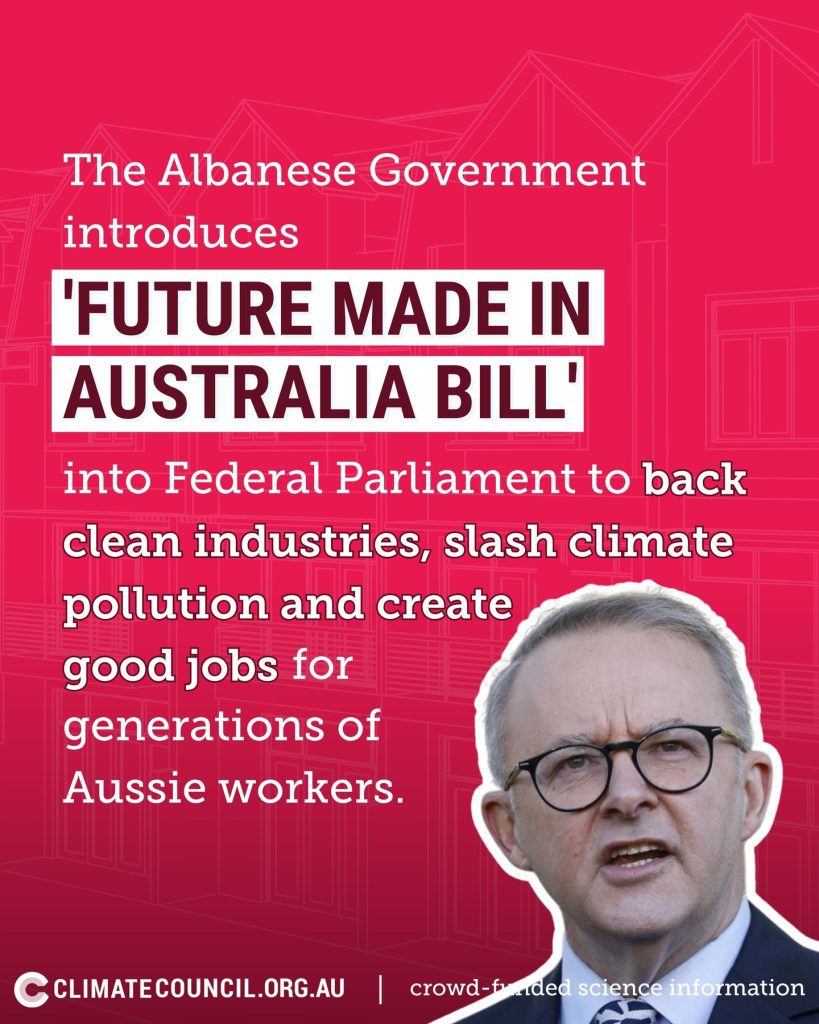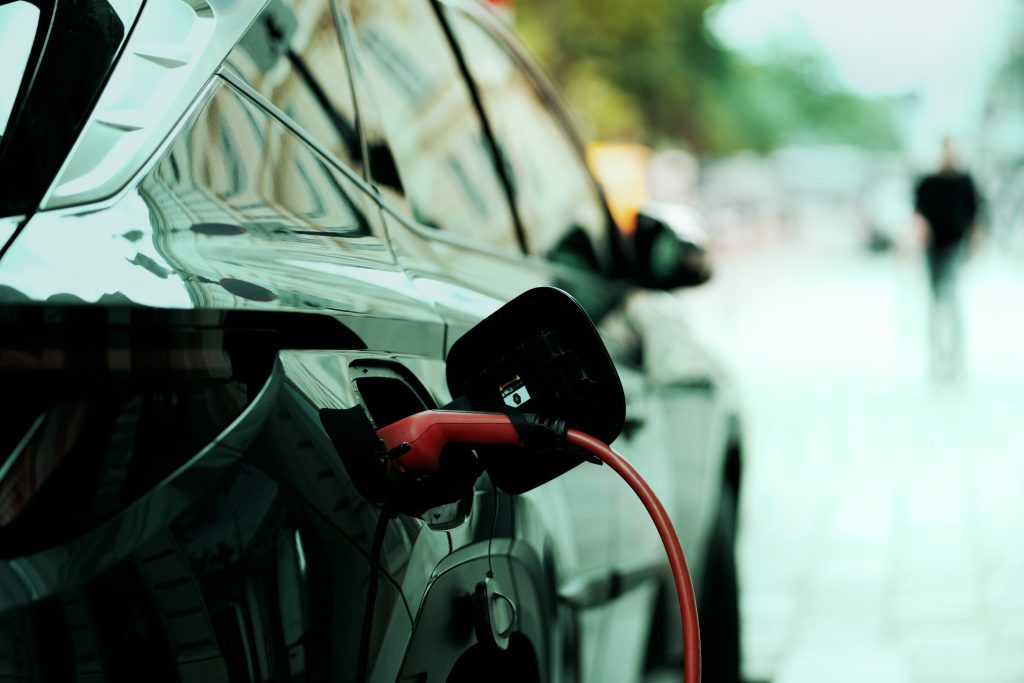NZ’s Unambitious Emissions Reduction Plan: Why Bold Climate Action Matters
With 2024 on track to be the hottest year on record—and carbon dioxide levels now at 425 ppm—it’s easy to feel discouraged about our prospects of addressing climate change. Yet building a 21st-Century clean economy has never been more critical or full of opportunity. The latest New Zealand Emissions Reduction Plan (ERP2), alongside our updated Nationally Determined Contribution under the Paris Agreement (NDC), points to an underwhelming commitment to NZ climate action. In this post, we explore why these targets are “shockingly unambitious,” how they limit our potential for growth, and what bold climate action could look like instead.
The State of NZ Climate Action
A Tale of Two Approaches
Politically, we see two prevailing narratives on climate:
- Defenders of the Status Quo – They view climate investments as a costly burden in a zero-sum economy, preferring minimal change.
- Promoters of a Clean, Competitive Economy – They see climate action as a pathway to global competitiveness in a new century.
Unfortunately, the latest Government moves emphasise the first approach. Rather than seizing an opportunity to accelerate NZ climate action and drive a vibrant, low-carbon economy, the updated NDC commits New Zealand to as little as 1% in additional emissions cuts between 2031 and 2035. Climate policy expert Dr. Christina Hood has called this “shockingly unambitious,” and we agree.
Why the Lack of Ambition Matters for New Zealand
- Global Reputation: Other countries are racing ahead with bold industrial policies. Australia, for instance, has allocated AU$23 billion under its Future Made in Australia plan. New Zealand risks falling behind on both climate targets and economic competitiveness.
- Economic Opportunities: A strong stance on NZ climate action could unlock new manufacturing sectors based on clean tech R&D which create green export opportunities.
- Future Costs: Delaying ambitious emissions cuts means spending more later. We either pay now—or pay more tomorrow.
Government Plans: The Good, the Bad, and the Mediocre
New Zealand can reduce emissions in three ways:
- Cut Gross Emissions (via technology and behavior change)
- Reduce Net Emissions (through land-use change)
- Fund Emissions Cuts Overseas (purchasing offshore carbon credits)
Here’s how the second Emissions Reduction Plan (ERP2) addresses—or fails to address—each option.
1. Reducing Gross Emissions Faster
Missed Opportunities for Gross Emissions Cuts
Despite bold rhetoric on innovative climate businesses, the Government has cut several high-impact initiatives introduced under the first ERP. These include:
- Ending EV Subsidies: Rolling back subsidies that accelerate electric vehicle adoption.
- Reducing the Climate Emergency Response Fund: Less funding for critical decarbonization initiatives.
- Decelerating Decarbonisation Grants: Slower support for industry transitioning off fossil fuels.
- Weakening Tailpipe Standards: Less stringent imported car regulations mean more polluting vehicles remain in the fleet.
- Slower Phase-Out of Free Carbon Credits: Delays pushing industrial polluters to reduce emissions.
Meanwhile, the plan banks on carbon capture and storage (CCS) for one-third of its gross emissions cuts by 2030. While CCS has potential, the technology is unproven at scale and often underdelivers. CCS also has a track record of delay – for a large project to be reducing emissions in the 2026-2030 period we’d need to start building that project pretty soon. Relying on CCS—especially without a guaranteed high carbon price—seems overly optimistic.
Growing Innovative NZ Businesses
Under-ambitious policies hamper New Zealand’s ability to nurture next-generation climate-tech solutions. By scaling back direct investment in clean technology and industrial decarbonisation, we risk missing out on a vibrant market already flourishing abroad. New Zealand could leverage homegrown expertise to capture global market share in a host of niche sectors but this would require stronger support than what’s outlined in ERP2.
2. Reducing Net Emissions with Changes to Land Use
Limits on Exotic Forestry
Forests remain one of the most affordable ways to sequester carbon. Yet the Government’s moves to limit farm conversions to exotic forestry—telling farmers what they can or cannot do with their own land—introduce new roadblocks. On one hand, it prevents large-scale pine plantations from displacing farmland; on the other, it stifles a legitimate tool for achieving net-zero targets. Ironically, the Crown still seeks more exotic trees on state-owned land.
Tools for Cutting Agricultural Emissions
Agricultural emissions make up nearly half of New Zealand’s total emissions, but remain unpriced and outside the Emissions Trading Scheme (ETS). We’ve seen promising research on methane-reducing tools for ruminants, yet widespread adoption before 2030 is unlikely without stronger policy incentives.
Falling Behind on Pricing
Agricultural pricing was promised by 2030, but it has been “just five years away” for over two decades. . We don’t expect pricing of agricultural emissions to happen, unless our export markets make it mandatory. Without genuine carbon pricing in agriculture, net emissions cuts remain elusive, and the status quo perpetuates high-carbon practices.

3. Paying for Emissions Cuts Overseas
NZ’s Reliance on Offshore Credits
New Zealand has long leaned on buying carbon credits offshore to offset domestic inaction. We’re not unusual in this—it’s much cheaper to reduce emissions in lower-cost countries. What’s different is the degree to which we’ve leaned on this option—up to two-thirds of our emissions cuts are hoped to come from overseas, the highest of any OECD country.
We have previously raised concerns about the pitfalls with this approach:
- Unclear Costs: The total bill will be in the billions, with no fixed price or clear offset partners.
- Effectiveness Doubts: Ensuring true emissions reductions is complex; many offsets lack rigorous verification.
- Political Viability: Public and political pushback make such large overseas spending unlikely. NZ First, for example, has questioned the wisdom of writing large cheques to other nations.
The Government seems to be building the case to reject this option, with the Minister of Climate Change questioning “the political reality of writing a cheque to someone overseas…I don’t think it’s realistic.”
That’s a fair concern. We could be putting those billions to work in New Zealand. Instead, the Government seems to be proposing to simply not make that investment. As the McGuiness Institute has pointed out, Treasury’s financial statements don’t include this liability, implying that Treasury doubts New Zealand will pay.
So this option may not happen at all.
"the political reality of writing a cheque to someone overseas...I don't think it's realistic."
Simon Watts - Minister of Climate Change, NZ
The Consequences of Unambitious Climate Strategy
In sum, the Government’s current approach—leaning heavily on minimal gross emissions cuts, limited land-use changes, and questionable offsets—reflects a preference for the status quo. By ruling out strong domestic policies, restricting effective land conversions, and resisting large overseas investments, New Zealand seems to be choosing inaction. This pushes us towards higher long-term costs, lost economic opportunities, and a failure to meet crucial global climate commitments.
A Better Way Forward: Bold NZ Climate Action
Why We’re Picking the Second Approach
We believe that a cleaner economy is inherently higher efficiency, higher productivity, and higher value. We see exciting opportunities for New Zealand companies to:
- Develop climate-friendly technologies
- Compete globally with disruptive innovations
- Scale up rapidly to meet global demand for green solutions
The Climate Change Commission supports more ambitious action, calling it “realistic and affordable.” Right now, cost-effective emissions reductions are available—and future innovation will only lower costs further.
Evidence from Our Portfolio
Our venture capital fund invests in climate-focused innovators, and we’ve seen tremendous success:
- Cleanery: Their eco-friendly cleaning solutions are now on U.S. supermarket shelves.
- Zincovery: Their capital raise for a scale-up plant was over-subscribed, signaling strong market demand for cleaner industrial processes.
- NovoLabs: Pilot trials are delivering concrete results, generating keen interest from major potential customers.
These companies are proof that NZ climate action is both profitable and impactful. We’re excited to back more ventures like these.
Invest in a 21st-Century Clean Economy
Our second Climate Fund is now open for investment. By supporting the next wave of climate-tech innovators, we can help shape a more ambitious and globally competitive New Zealand. Instead of settling for the “shockingly unambitious” targets outlined in ERP2, let’s drive NZ climate action forward—one innovation at a time.

Dr Jez Weston is a Partner at Climate Venture Capital Fund.
Jez has over 15 years’ experience in policy and climate advice across roles at the Royal Society, Ministry for Primary Industries, and Ministry for Business, Innovation & Employment. Jez managed the Commercialisation Partner Network and PreSeed Accelerator Fund, managing over $500m of government contracts, and is a Return on Science – Physical Science Investment team member.
Jez has a PhD – Engineering (Cambridge University)



